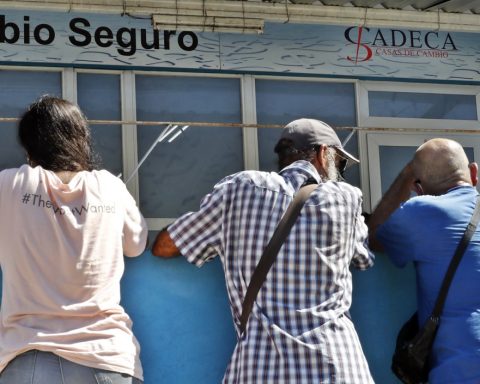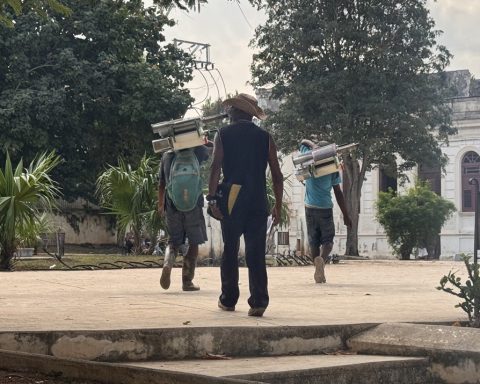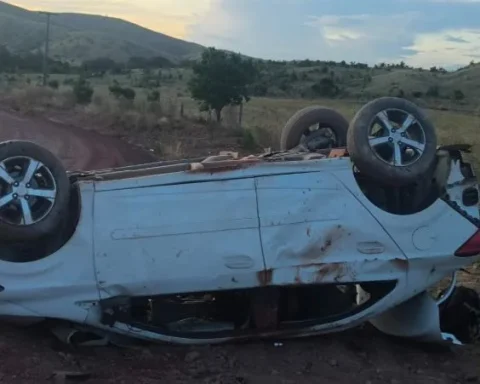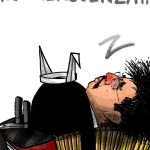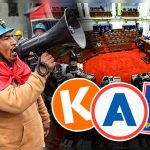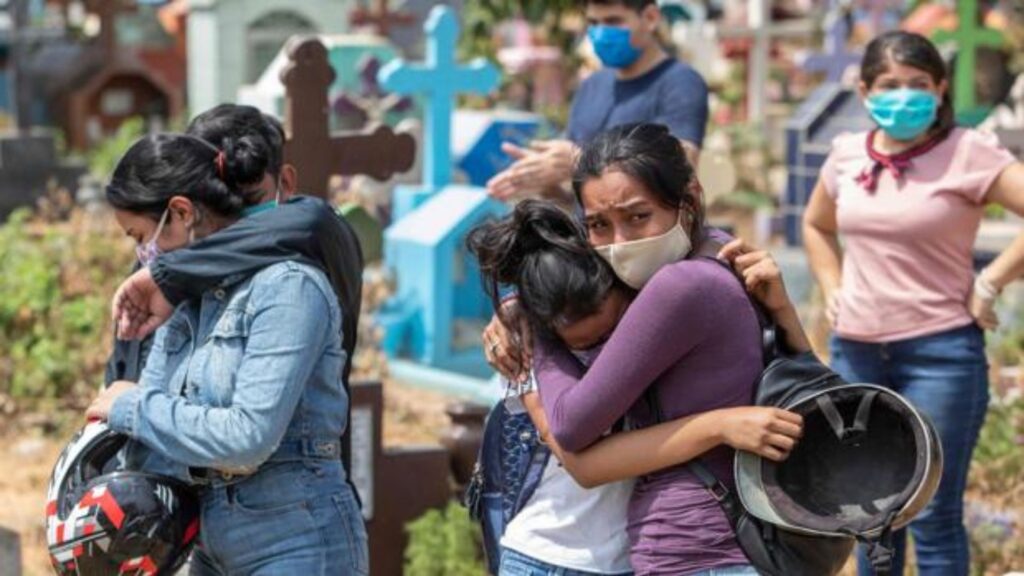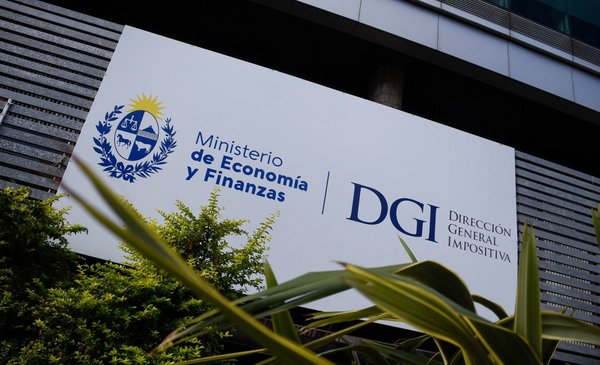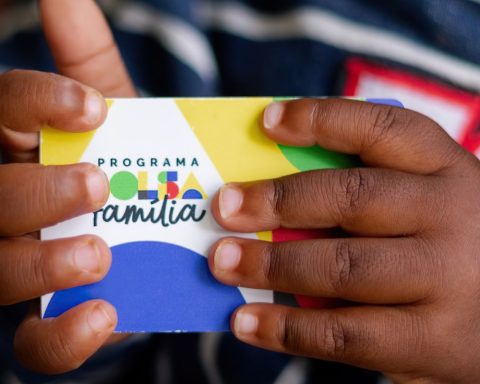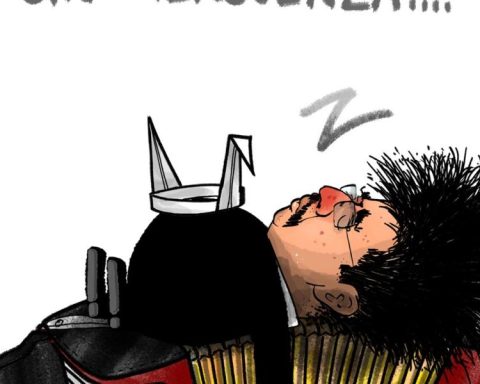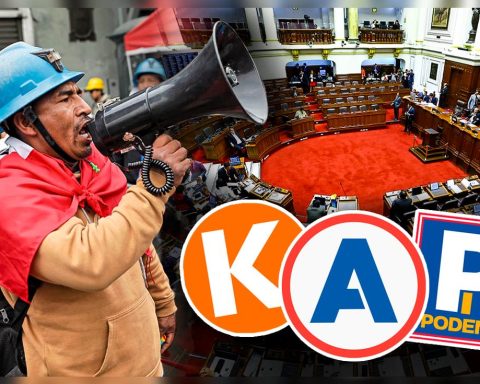The Havana comparsas begin to perpetuate themselves from 1902, when the first republican carnivals are celebrated, with the sponsorship of the then mayor of the city, Don Carlos de la Torre (remembered naturalist), and the smell, taste and soul of everything the village.
So, the unrestrained movement of the buttocks, hips and arms; the wild sound of shoes and feet; the pirouettes of the lamplighters and the fast-paced and noisy taratatá of the cornet begin to trace an era that the old men of today will never be able to forget.
Chroniclers in the style of Federico Villoch, playwright of the Alhambra Theater, mention Los Moros de Venecia, Los Turcos de Regla, Los Mandingas Moro Azul, Las Gitanas, Los Toreros, Los Chinos, El Pájaro Lindo and La Culebra among the precursor comparsas. with his huge rag snake crawling on the ground).
These groups, scattered and poorly dressed, suffer prohibitions and a discouraging official abandonment, so their levels of significance will be limited.

Whites who paint their skin the color of chapapote
In those early years, El Alacrán is the group that takes the spotlight for the audacity of its choreographic designs, the drive of its dancers, street music and its colossal lampposts, the largest ever seen.
This comparsa arose in 1908 in the Los Carretoneros lot in the old Jesús María neighborhood, in Old Havana. Its first members are men belonging to the Abakuá sect Segundos Hermanos Blancos, with the exception of the black Gerónimo Ramírez Faure (Nito), the first link in the Ramírez dynasty, who belongs to its leadership.
Nito, likewise, plays the role of Torcuato (countermayoral) in a bufo-style farce that is part of the troupe and is presented during the parade in a kind of theater in the barracks, of an anecdotal nature, unmissable even for the most embittered.
The dancers paint their skin the color of chapapote (due to the influence, perhaps, of Arquímedes Pous’s “negrito”) and assume the roles of men and women, since women cannot participate in such revelry.
In addition, scarves, rings, necklaces, pants, long skirts and other accessories are put on, in order to simulate a crew of slaves.
In any case, it is good to point out that the scorpions, due to a prohibition by the Mayor’s Office of Havana, still cannot use the great percussion instruments or the trumpets, a deficiency half-resolved by the philharmonics, guayos and kettledrums, along with wind instruments such as the clarinet.

The scorpion takes out its sting
Almost an absolute winner in the carnivals of ’08, El Alacrán, led by a well-known tobacconist, very soon gets into trouble with the hawks from the capital’s San Lázaro neighborhood, headed by “El Fiscal”, a little guy who moves well among the candidates in the different electoral contests. Consequently, the “jierros” do not take long to appear.
In 1912, the mayor of Havana, General Fernando Freyre de Andrade, authorized the comparsas to leave their neighborhoods and move throughout the city. And some two years later, fate would have it that El Alacrán met El Gavilán at the central corner of Belascoaín and San Lázaro. Odalys Ramírez García, current general director of El Alacrán, tells us:
“In the middle of the anger that arose, the dancers from El Gavilán took the scorpion away from us, which used to be a very big offense, something amoral. The standard bearer entered the bathroom of a bar and took his own life with a knife. He was very passionate: he had a lot of concept of belonging.
“Because of these events, a war broke out. We were joined by Los Sapos, who stole the banner from them, and the hawks got ready to recover it in Jesús María, a neighborhood that immediately went on a war footing.
“Imagine… all the people had in their hands cans with hot water, sticks, knives, stones, everything… The tremendous thing was armed… not to think about it… When the combat was at its peak, a group of ours recovered the scorpion in rival land.
The investigator Inés María Martiatu assures that the fight ended with three deaths and several wounded on both sides.

The confinement
Due to these incidents, the Mayor’s Office of Havana, by means of a lapidary decree, suppressed, in 1917, the parades of the comparsas and the congas.
From now on, the carnival festivities will continue to be celebrated in the great theaters, private mansions and black and white recreation societies, where masked balls and costumes became frequent. There is also no lack of car rides and cars with flowers and various decorations that fill the Alameda de Paula, the current Prado, the former Campo de Marte and the Calzada de la Reina, among other populous streets, with life.
 The comparsa of El Nino.
The comparsa of El Nino.
The Scorpion moves to El Cerro
Fortunately, the comparsas reappeared during the festivity of February 1937 and this same year Santos Ramírez Arango (El Niño), a musician by profession and son of Nito, reorganized El Alacrán in El Cerro and prepared to take to the streets to walk his arachnid right under the noses of those who oppose these riotous parties. Of course, we will deal with this story in another print…
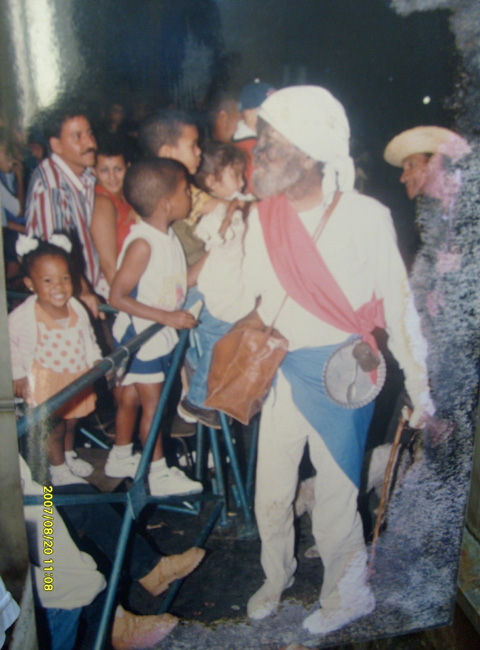 Víctor Amado Marrero played Tata Cuñengue, the sorcerer of the comparsa, with more than 80 years of age…
Víctor Amado Marrero played Tata Cuñengue, the sorcerer of the comparsa, with more than 80 years of age…

